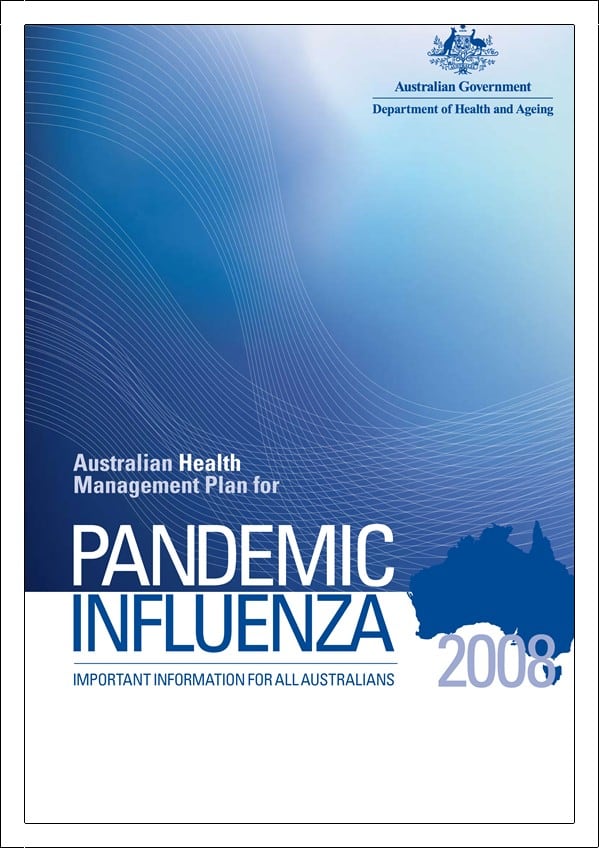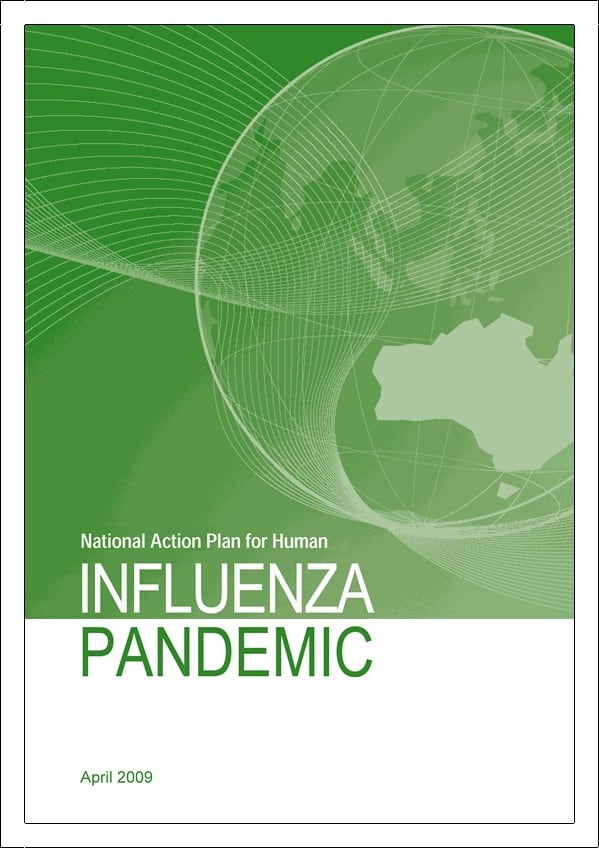SafetyAtWorkBlog has repeatedly called for the release of the report into the Beaconsfield mine disaster that was undertaken by Greg Melick, QC. The Tasmanian Government has today made the report and appendices available online.
The OHS-specific reports by Professor Michael Quinlan have also been released.


 The trap for producing localised guides is that recommendations may be made that are out-of-place, difficult to implement and, ultimately, question the credibility of the document. WorkSafe fell for this trap by specifying some recommendations for the legitimate control measure of “social distancing”.
The trap for producing localised guides is that recommendations may be made that are out-of-place, difficult to implement and, ultimately, question the credibility of the document. WorkSafe fell for this trap by specifying some recommendations for the legitimate control measure of “social distancing”. The guide does recommend social distancing as part of a risk management process but “prohibiting handshaking, kissing and other physical contact in the workplace”? “Discontinuing … informal spontaneous congregations”?
The guide does recommend social distancing as part of a risk management process but “prohibiting handshaking, kissing and other physical contact in the workplace”? “Discontinuing … informal spontaneous congregations”? Recently I wrote an article for
Recently I wrote an article for 